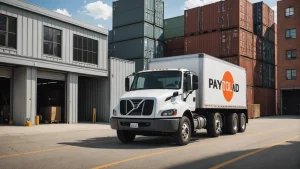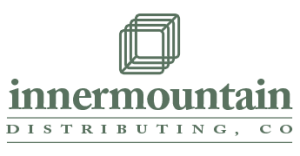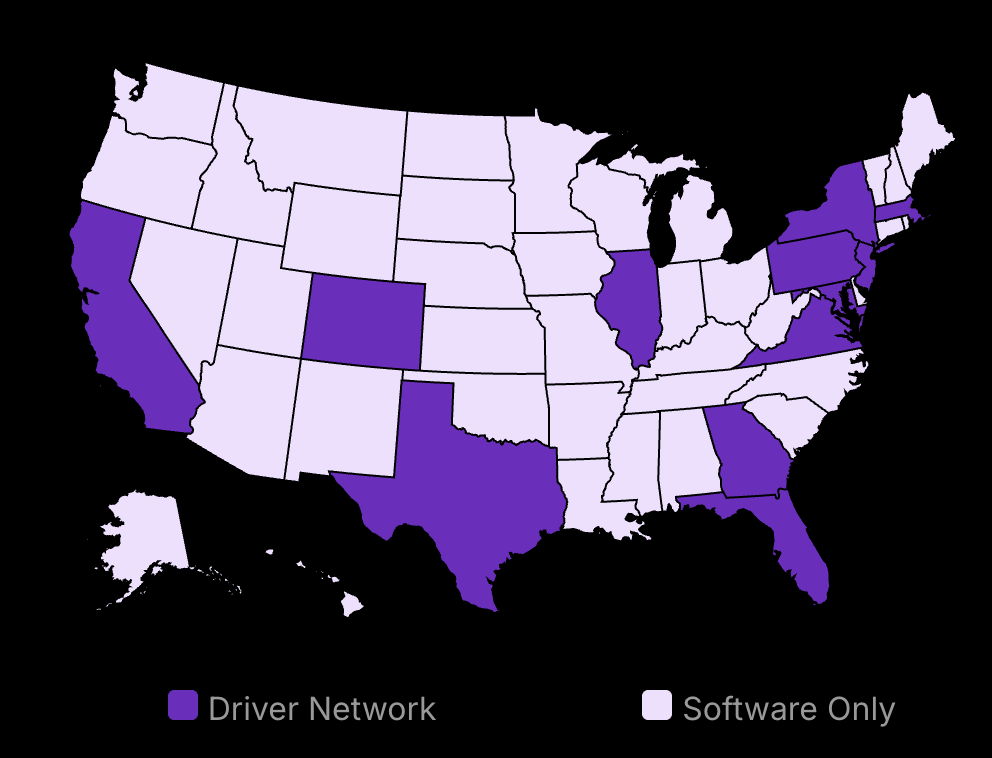Scheduling restaurant staff is hard. In 2025, 67% of restaurant managers spend over 6 hours per week just creating staff schedules. That’s 312 hours every year – time that could be spent improving food quality or guest experience.
But the real cost isn’t just time. Poor scheduling leads to understaffed shifts, burned-out employees, and high turnover rates. One study by the National Restaurant Association shows restaurants lose $5,000 on average per employee they need to replace.
Here’s what most restaurant managers get wrong about auto scheduling: They treat scheduling as a puzzle to solve instead of a system to perfect. The difference is crucial. A puzzle needs to be figured out each time. A system, once built, runs smoothly with minimal input.
The good news? Creating an effective restaurant scheduling system in 2025 is easier than ever. New AI-powered tools can predict your staffing needs based on historical data. Digital platforms enable instant communication with staff. And proven strategies help balance business needs with employee satisfaction.
This guide covers everything you need to know about modern restaurant staff scheduling. You’ll learn about all the tools, the latest scheduling software, effective team communication methods, and management techniques that work. We’ll look at real examples from successful restaurants and provide step-by-step instructions you can implement today.
Whether you run a small café or manage a single shift for your team at a large restaurant chain, these insights will help you create better schedules, reduce costs, and keep your staff happy. Let’s look at how to make restaurant scheduling work for you. As you improve your scheduling strategies, consider integrating unique promotional events into your business model. Exploring creative business ideas around holidays, such as Cinco de Mayo, can engage your community and boost sales. Check out these exciting Cinco de Mayo promotional concepts that might inspire your restaurant to attract more customers.
Incorporating cultural events like Cinco de Mayo can provide unexpected boosts to your business both in terms of revenue and community engagement. Restaurants can benefit enormously by aligning special menus, themed décor, and targeted marketing with such festivities. Explore how the Cinco de Mayo economic advantages for businesses can be leveraged to not only increase foot traffic but also build lasting customer relationships.
Understanding the Cinco de Mayo economic impact is essential for restaurant owners looking to capitalize on seasonal opportunities. This celebration drives an influx of customers eager to experience festive dining, which can significantly elevate your sales figures if managed strategically. Tailoring your marketing and operational plans around this event helps maximize profitability and community engagement in meaningful ways.

Metrobi drivers are rated 4.97 out of 5
Trusted by local businesses for:
- Background-checked professionals
- Specialized in business deliveries
- Same drivers for consistency
- 4.97/5 average delivery rating
How to Make Restaurant Staff Scheduling Easy
Efficient employee scheduling means less stress and fewer conflicts.
Tools and strategies can make employee scheduling simple.
Communication is key to smooth operations.
Use Restaurant Staff Scheduling Software
Restaurant employee scheduling today relies heavily on advanced software. This is the backbone of modern employee scheduling. The right employee scheduling app or software has key features:
Shift Swapping: Employees can exchange or cover shifts easily, minimizing gaps.
Availability Tracking: Know when your staff can work, avoiding accidental overlaps.
Integration with Payroll: Saves time by connecting schedules directly to payment systems.
Automation is crucial, reducing errors significantly. It allows managers to focus on other priorities. In 2025, top software includes:
HotSchedules: Popular for its user-friendly platform.
7shifts: Offers sophisticated integration with other management tools.
Deputy: Known for its adaptability to restaurant needs.
Implement Effective Shift Planning Strategies
Shift planning isn’t just planning; it’s strategic. To start, fair and open shifts and balanced schedules ensure every team member feels valued. Here’s how:
Equitable Distribution: Rotate unpopular shifts like weekends or nights.
Understanding Preferences: Create surveys to gather employee preferences.
Consistency is Key: Set typical patterns, like the 5-2-5-3 schedule, allowing for balance between work and rest.
Flexibility is vital. Acknowledge personal needs and have backup plans. Cater to full-time, part-time, and even seasonal workers’ needs. These patterns can boost morale and retention.
Communicate Clearly and Regularly with Staff
Clear communication prevents many headaches. Open dialogue keeps staff informed and engaged. Consider these steps: As you optimize your scheduling and operations, don’t forget the importance of effective marketing strategies that can enhance your restaurant’s visibility and sales. For instance, exploring successful promotions for events like Cinco de Mayo can significantly boost your revenue. Check out our detailed insights on effective Cinco de Mayo marketing strategies to learn how to attract more customers and drive sales this upcoming season.
Digital Platforms: Use apps like Slack or Microsoft Teams to share schedules. Everyone can access them anytime.
Announcements: New schedules should be communicated well in advance.
Feedback Loops: Encourage feedback. Regular sessions help improve scheduling processes over time.
Having a system in place ensures transparency and mitigates employee scheduling conflicts. Regular updates schedule changes and adjustments foster trust among staff, paving the way for smoother operations.
Best Practices for Restaurant Workforce Management
Fulfill employee needs for increased job satisfaction.
Train managers to stay current on laws and methods.
Monitor labor costs and adjust staffing as required.
Prioritize Employee Needs and Preferences
Employees crave flexible hours. 62% prefer to schedule employees with this for job satisfaction. Periodic surveys can be insightful. They help understand what staff like or dislike about their current schedules. Sometimes, employees just want more say in when they work. Address their needs.
Personalized shift assignments ensure that individual preferences are considered. It’s not just about accommodating requests but making strategic decisions to shift trades based on skill and employee availability. Managers who do this successfully often see lower turnover rates.
Handling last-minute requests can get stressful. You should be proactive and use tools that allow employees to request time and some control over minor adjustments. Encourage a culture of communication where employees feel comfortable discussing their concerns.
Train Managers on Employee Scheduling App Best Practices
Training managers is vital. Workshops and training modules help them master employee scheduling. These employee scheduling app tools teach them about staff dynamics and efficient use of time. A comprehensive program might involve operational lessons, relationship skills, and business values.
Knowledge of labor laws is another must. This ensures compliance and avoids issues down the line. Managers need to be versed in labor budgets and things like hourly wages, overtime, and breaks to prevent any legal scrapes.
Monitor and Optimize Labor Costs in Restaurants
Labor costs deserve close attention. Labor costs can spiral quickly without strict monitoring. Track the hours worked by each team member. You should be precise with labor costs. Records help reduce unnecessary overtime.
Employee scheduling apps and software can assist greatly in optimizing labor cost allocation. The right tool will provide data to back your decisions. Switching to a smarter work schedule app can match staff levels with customer demand, freeing resources when it’s quieter.
Staffing adjustments require accurate demand forecasting. Match staff with peak times. Also, you should be ready to scale back when needed. Dynamic strategies help keep costs under control and efficiency high.
Trends in Restaurant Employee Scheduling: What’s New in 2025
AI-driven scheduling software helps in predictive staff assignments and cost reduction.
Flexible work arrangements boost staff retention and satisfaction.
Hybrid roles are emerging, blending on-site and remote tasks.
Evolution of Employee Scheduling Software Capabilities
AI-driven tools are reshaping restaurant employee scheduling. These systems predict peak periods and align staff coverage, minimizing labor costs. With AI-based forecasting, restaurants have reported a 25% accuracy boost. By 2025, employee scheduling software is expected to integrate more with management systems, creating seamless operations. This integration covers ordering, payroll, and reservations, reducing the need for separate tools.
Employee engagement features in employee scheduling software are gaining traction. These include self-service options for shift swaps and preferences. This involvement reduces errors and boosts job satisfaction.
Shift Towards More Flexible Work Arrangements
The trend towards part-time and gig employment is reshaping staffing strategies. Flexibility in employee scheduling is becoming vital.
Flexible schedules play a crucial role in keeping staff. With 56% of employees valuing this option, offering it can reduce turnover. Restaurants that create schedules can maintain a stable workforce and adapt their work schedule to changing demands.
Hybrid roles are now more common, extending employee tasks beyond traditional setups. Employees can handle online ordering or marketing remotely. Hybrid work opens broader opportunities for skill development.
Restaurants Leveraging AI for Predictive Employee Scheduling
AI is not just about scheduling but also smart staffing predictions. Tools utilizing data analytics can foresee busy times across multiple locations adjust staff levels and swap shifts accordingly. This innovation not only optimizes staffing but also reduces costs by 3-5% on average.
The global appointment scheduling software market indicates this trend’s growth. It’s expected to be worth $400 million in 2025. Restaurants are investing more in these solutions to keep up with demand and maintain efficiency.
Addressing Staffing Shortages with Tech Solutions
Staffing shortages are a critical issue, with 81% of operators reporting struggles. AI-driven systems help fill gaps by smartly aligning shifts with available talent. They provide employees with tools to schedule in minutes, pick up extra shifts, and facilitate swaps for upcoming shifts. By reducing administrative burdens, managers focus more on staff training and guest experiences, saving an average of 6 hours per week.
Embracing Sustainability in Employee Scheduling
Sustainability impacts scheduling needs. With 78% of consumers preferring locally sourced ingredients, schedules must adapt to logistics and sourcing dynamics. This adds complexity to staff rotations, shift coverage, and task assignments.
These trends are reshaping restaurant employee scheduling. The focus is on providing flexibility, harnessing advanced tools, more employee hours, and improving staff engagement. As restaurants adapt, they need to stay informed and responsive to both technological advances and employee shifts in workforce needs.
Understanding Restaurant Manager Schedules and Trends
Managers work an average of 50-60 hours weekly.
A shift includes overseeing meal services and performing administrative tasks.
Flexibility trends and tech make schedules less rigid.
Typical Daily and Weekly Routine for Managers
Restaurant managers’ routines are packed and varied. A typical day starts early, around 8:00 AM, as they check the logbook and review sales numbers from the prior day. Throughout the day, they juggle multiple roles. They receive and organize deliveries by 9:00 AM, lead pre-shift meetings at 10:45 AM, and manage the busy lunch service between 11:00 AM and 2:00 PM. After the lunch rush, they turn to paperwork, dealing with things like invoices and vendor payments. Operations may stretch into the evening for dinner, extending their hours considerably.
Managers coordinate shifts and handle breaks for both themselves and their team. Shifts often overlap to prevent gaps and overlapping shifts to ensure smooth service. This division supports not just operations but the entire team and morale. Managers require mental stamina to switch between commanding the floor and taking care of admin work, all within a typical 50-60 hour work week.
Responsibilities such as shift tasks such as payroll, scheduling, training, and stakeholder meetings demand time. Managers must make time clock navigate these alongside immediate concerns like customer issues and dining room oversight. The job is taxing. Though they appear constantly in motion, managers are highly organized due to the nature of their duties.
Changes in Managerial Scheduling Practices
Recent changes make managerial planning more adaptable. Flexible staff scheduling is increasing, tailored to shifting customer patterns and employee preferences. Managers can now better align their hours to personal needs without compromising on business needs, fostering employee accountability and a healthier work-life balance.
Tech plays a big role in these changes. Digital platforms simplify inventory management, employee scheduling, and financial tasks, leaving managers more time to focus on improving customer experience. These tools minimize variance and streamline admin duties, making day-to-day management more efficient.
Team-based management is growing in popularity. By assigning duties across smaller leader groups, restaurants ensure responsibility is broadly held. This method fosters collaboration, contributes to team dynamics, and ensures leaders handle their parts skillfully. Adaptability within teams results from divided yet shared responsibilities and optimizing operations.
Predictions for Managerial Role Evolution
Looking at the future, expect managerial roles to change. A significant shift will be the need for constant learning. Managers must keep up with technological advancements to effectively handle new systems. As job roles broaden, training can make these transitions easier and keep skill levels high.
Restaurant managers are increasingly turning to data to enhance decision-making. They must now refine their data analysis skills. The move toward data-driven management is crucial for adapting to consumer needs and optimizing operations. Reporting tools guide managers in setting and achieving organizational goals.
Enhancing team dynamics is also key. With a high turnover rate, focusing on developing and retaining staff is vital. Managers need strategies that prioritize employee growth and participation. Creating an environment that values workers will help reduce churn and build staff commitment.
Adaptation to different business models will be crucial. As delivery-only kitchens and alternative restaurant formats grow, managers will have to tweak strategy. They must combine traditional management skills with new practices to thrive in non-traditional settings. The role’s evolution hints at a more multifaceted, cutting-edge landscape.
Developing a comprehensive understanding of these elements is vital for any restaurant aiming to succeed. Managers who adapt to these evolving trends will likely find more satisfaction in their work and greater long-term success in their roles.
Employee Scheduling Software For Your Business
Restaurant staff scheduling is moving in a clear direction. Software tools now handle complex scheduling tasks. Managers spend less time on paperwork and more time developing their teams. The results are visible: happier employees, better service, and improved profits.
Your success in 2025 depends on three key actions. First, choose scheduling software that fits your needs and budget. Second, create clear communication channels with your team. Third, stay informed about labor laws and industry trends.
The data shows restaurants using modern scheduling practices see 25% lower staff turnover. They also report higher customer satisfaction scores. These aren’t just numbers – they represent real improvements in daily operations.
You can start a whole team with one change today. Maybe it’s testing new scheduling software or setting up regular team meetings about schedules. Small steps lead to significant improvements.




























